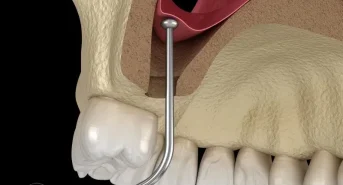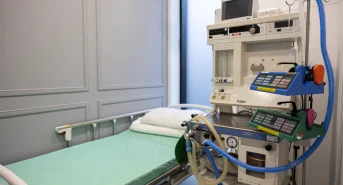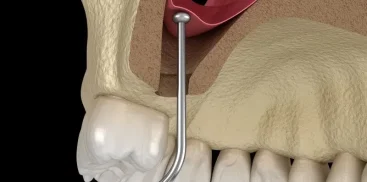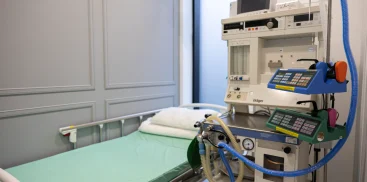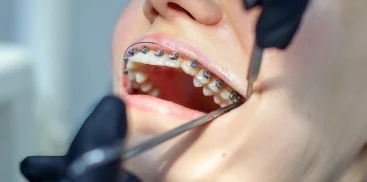The patient before the stone removal procedure
It is extremely important to take care of your oral health because your teeth are exposed to a variety of threats. One of them is tartar, which may appear on their surface after some time. Tartar removal is a key procedure in maintaining your oral health and smile. Therefore, in today’s article we will discuss how tartar is formed, what the tartar removal procedure involves, and how often it should be performed.
The Process of Creating Tartar
The process of tartar formation is quite simple. Tartar is mineralized dental plaque that develops when proper oral hygiene is neglected. If we do not brush our teeth regularly and thoroughly, sediment and plaque accumulate on their surface. Over time, these deposits mineralize, forming hard tartar. Unfortunately, due to its hardness and adhesion, it cannot be removed independently. It is necessary to visit a dentist’s office and perform a scaling procedure.
Scaling treatment
When your dentist detects the presence of tartar, it is always worth considering removal surgery. Tartar not only negatively affects the aesthetics of the smile, but also accelerates the development of caries.
Scaling, i.e. the removal of tartar, is an extremely important part of dental prevention. During this treatment, an ultrasonic scaler is used, which generates ultrasonic waves, scattering and removing tartar.
The treatment is safe, although not always comfortable, especially if the tartar is close to the gums. Therefore, some patients prefer anesthesia. It is worth remembering that not all patients can undergo scaling using ultrasound. Contraindications may include, among others: pacemakers or problems with a detached retina. If you fall into this group, be sure to inform your dentist during your check-up.
Scaling Frequency
How many times a year should scaling be performed? It depends on many factors, such as lifestyle, diet and daily oral hygiene. In general, most patients should consider scaling at least once a year. However, for some patients, increased frequency may be necessary, such as every six months. For others, it is enough to perform the procedure every 2 years. The final decision should be made by your dentist after carefully analyzing your situation. Regardless of frequency, taking care of your oral health and visiting the dentist regularly are crucial to maintaining a beautiful smile for many years.

